Lucien Lung/Riva Press/ReduxTwo years ago a novelist and as-yet-unproduced screenwriter named Nic Kelman went to work for Wizards of the Coast, the company that makes the popular collectible card game Magic: The Gathering. Kelman's job, though he might not put it this way, was to write a grimoire—a kabbalistic story bible. “Rules for magic out of the rules for Magic,” as Kelman says.The company needed that grimoire because it was going to try to cast a spell in the real world—to transform a popular albeit niche game, complicated and nerdy, into a cross-media franchise. That has happened for comic books, for literature, even for toys, heaven help us. Lots of people would agree that existing franchises can turn into games. But can a famously intricate game turn into a story? That was Kelman's task. Make it reasonable to produce Magic novels, Magic comic books, even—you saw this coming—an animated series on Netflix, produced by the people who wrote and directed the last two Avengers movies, to debut next year. And then maybe live action. Movies. Turn the universe of Magic: The Gathering into a story universe.It's … possible. Games are already stories, kind of, with beginnings, middles, and endings, and rules that govern their universes. Magic certainly has all that. Invented by Richard Garfield in 1991 at Wizards of the Coast, which is now a subsidiary of Hasbro, Magic: The Gathering is the ur-version of the “collectible card game.” MtG is a complexified riff on the old kids' card game of War. Players compete by throwing down cards with numerical values for certain attack-or-defend abilities, partially controlled by belonging to a particular suit designated by color. Some cards can enhance or decrease the values of other cards by dint of their own values, or of floating rules written on the cards themselves.Buying more cards—from an available catalog of thousands, with more introduced regularly—allows players to create reservoirs from which they build ever more usable “decks.” Business-wise, Magic is working—Bloomberg reported that the game brought in $500 million in revenue last year. Hasbro owns Monopoly and Scrabble, but Magic is its top game brand. The company is building out a new online version called Arena and an eSports version.But the take I just laid down is as essentialist as calling Dungeons and Dragons a dice game. It doesn't explain why 38 million people around the world play MtG. Part of the explanation is in the art on the cards themselves, which are lavishly decorated by fantasy illustrators to represent individual characters, monsters, locations, weapons, magic spells, and other trappings of various fantasy subgenres. It gives gameplay an epic quality; you're not just playing a trump, you're giving an elf warrior the ability to telekinetically ward off fireball attacks from above, or whatever. (I should say, I haven't played the game myself in 25 years, but the teenager who lives in my house is hardcore.)None of that is story, though. Backstory, maybe. But not narrative. “Magic is like an operating system, and the cards are like programs,” Garfield told me when I interviewed him for Newsweek in 1997 (for, ahem, a story about Wizards of the Coast trying to make Magic bigger and more mainstream). In fact, in creating new cards, Kelman says today, the teams responsible for story continuity and the universe's timeline (including a “Loremaster”) interact with the team that does game mechanics, to make sure that a card's capabilities are in keeping with the overall world of the game. If nothing else, that ensures a card with interesting play aspects also has a cool name and good art. Oh, and Garfield was super-right, it turns out; in April of 2019 a team of computer scientists found that Magic is “Turing complete,” which is to say that it's a generalizable computer language. Fascinating! But, again, not a story.So Kelman set out to codify one—or at least find a path.It turned out that over the last 25 years, the characters on those cards have developed their own fandoms centered largely around a cast of “Planeswalkers,” powerful sorcerers inside the game. (Two of them, Chandra and Jace, seem likely to be the focus of the Netflix show.) And those fandoms have been supported by the official WotC website, which included house-written stories set in the universe. It was sort of officially sanctioned fanfic that evolved into an intricate, vast narrative canon, all but invisible to anyone not playing the game and essential to everyone who was.Underpinning all that were the five colors—white, black, red, green, and blue—that represent the different kinds of magic spells in the game. That heuristic, whether you want to think of it as suits of cards or Hogwarts houses, dictates not only whether spells are, say, more defensive or more aggressive, more telepathic or more physical, but also the personalities of the characters wielding the magic and, to an extent, those of the players, who build their decks around one or two, and occasionally even more, of those colors. (If you want to go deep, here's a look at the five colors' philosophies.) Kelman turned that into what he calls a “cosmology.” That's the grimoire—the story bible. “We don't have people going around saying, ‘You're a red mage and I'm a blue mage, we must fight!'” he says. “But we know the difference between being able to cast a fireball and reading minds. People's personalities are a prism for magic.”You're laughing, but some TV shows in the past few years based on other, derivative collectible card games were too on-the-nose. In at least one, the heroes and villains literally throw cards at each other. (Usually they turn into monsters or something.) That wasn't going to work here.So far, the narratives that have grown out of the game have been a lot more complicated. Inside the game's story universe—the stories told on the website and over the course of the releases of new sets of cards—multiple strands of narrative came to an intertwined climax earlier this year. It was as big a deal as when the Marvel Cinematic Universe extruded Avengers. And now more is coming: A novel that advanced the story further debuted at number five on the New York Times bestseller list (and the possibility of its acquisition inspired no little urgency in my house). There are comics. The fanfic on the website is now written by award-winning science fiction and fantasy authors. I don't know how you calculate the cosmological constant of a fictional universe, but this one is expanding.And as the story grows, it feeds back into the game. When one of those Planeswalkers, Gideon Jura, died in that new novel, Wizards of the Coast released a set of eight new cards commemorating his life and powers. The company called it a “Signature Spellbook”—classic Gideon-related cards with new art. You see how this works, right? The game can generate and absorb story. “A game mechanism is a kind of cosmology, whether you want to recognize it,” Kelman says. “We want to create a cosmology that honors the game mechanisms without literalizing them.”Conversely, the new animated series has to generate a story—something that drives multiple hours of narrative—from the game mechanic. As one of the show's writers, Jose Molina, said on a panel we were both on at San Diego Comic-Con (what do you call a humblebrag, but that isn't humble? Is there a word for that?), the writers' room didn't base its stories on gameplay. But at one point, when they were trying to decide whether a certain character could use a certain magical power, they did realize that a specific card would, indeed, give that character that ability. They wrote it in.The idea of using a card mechanic to generate story has precedent—the Italian postmodern writer Italo Calvino generated an entire novel based on drawing from a tarot card deck. Games provide frameworks that miniaturize and represent idealized realities; so do narratives.That's not enough to make stories, of course. But in Magic, the characters are there, and Kelman has helped to codify how their magico-personal conflicts are baked in. The art on the cards, combined with stories on the website, has primed tens of millions of fans to want more. They'll all watch the Netflix show, and maybe the people who watch the Netflix show will go out and buy a deckbuilding starter kit. “We're really trying to get ourselves into the headspace of, what if the narrative came first?” says Kelman. “We are expanding the narrative universe.” It's never an easy task, but when it works—well, it's almost like magic.More Great WIRED StoriesThe hard-luck Texas town that bet on bitcoin—and lostHow Waze data can help predict car crashesNotifications are stressing us out. How did we get here?The simple way Apple and Google let abusers stalk victimsDisney's new Lion King is the VR-fueled future of cinema📱 Torn between the latest phones? Never fear—check out our iPhone buying guide and favorite Android phones📩 Hungry for even more deep dives on your next favorite topic? Sign up for the Backchannel newsletter
Read More
Today Highlights:
- May 29, 2024 Neon Rider Ride, rotate, and rule the neon world in Neon…
- April 22, 2024 Speed Master Accelerate to Dominate in Speed Master – the Ultimate…
- April 22, 2024 Alien Attack Blast off and dominate the cosmos in Alien Attack…
- April 21, 2024 Toilet Run Race, draw, and dive into the ultimate restroom rush…
- April 21, 2024 Peet Sneak Sneak, strategize, and solve in Peet Sneak – your…
32
Read More
Game Play
August 22, 2019
All the gear you need to build a game-streaming empire
August 18, 2019
Play This Hilarious Game to Learn About Bad UI
August 18, 2019
Teddy Bear Zombies Machine Gun
32
Read More
Top New!
August 22, 2019
All the gear you need to build a game-streaming empire
August 18, 2019
Play This Hilarious Game to Learn About Bad UI
August 18, 2019
Teddy Bear Zombies Machine Gun
Recent Posts
May 29, 2024
Neon Rider
April 22, 2024
Speed Master
April 22, 2024
Alien Attack
April 21, 2024
Toilet Run
Get the best games news into your inbox!
BurrowGames - Best Arcades Online Of All Time

GamesBurrow is your one stop center for the best games online.
Get the best games news into your inbox!
Copyright © 2021 NewsBurrow Games by NewsBurrow All Rights Reserved.
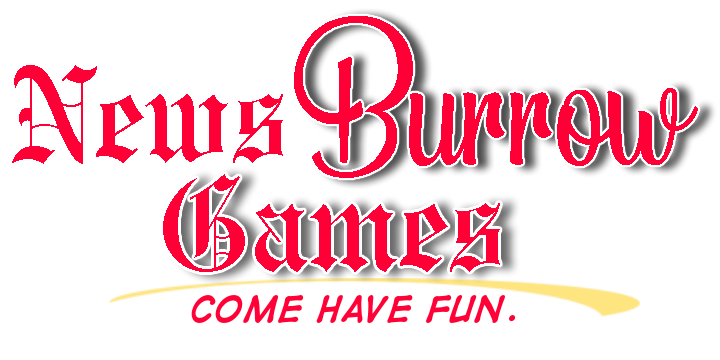
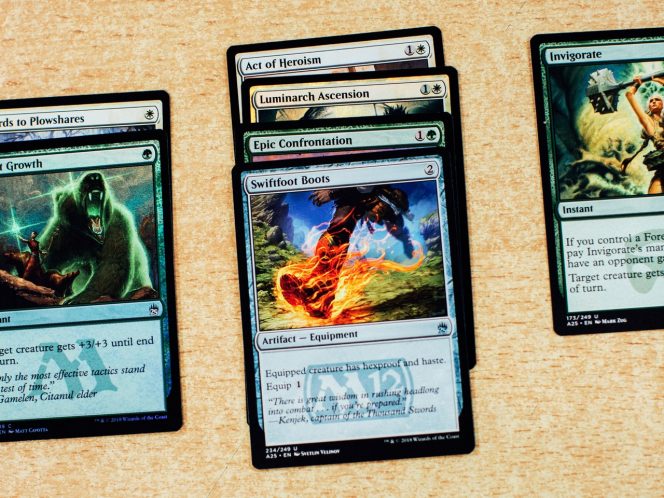
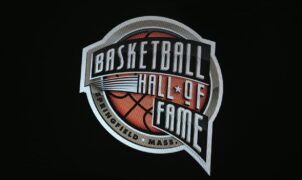
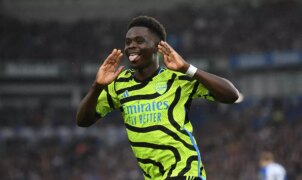


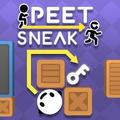






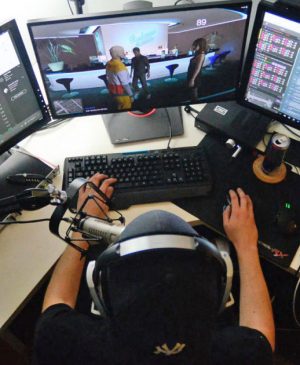

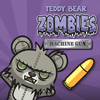
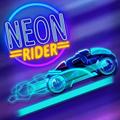
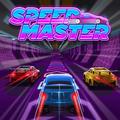
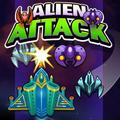

Leave a Reply